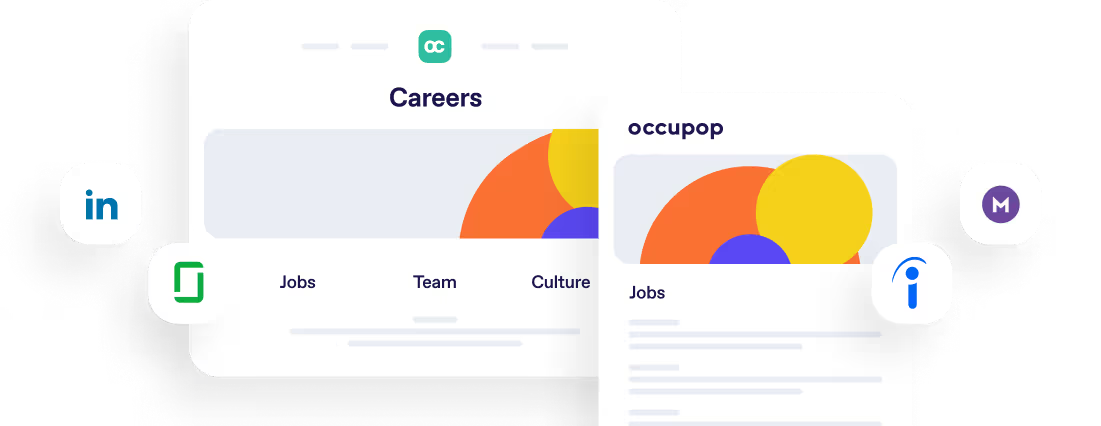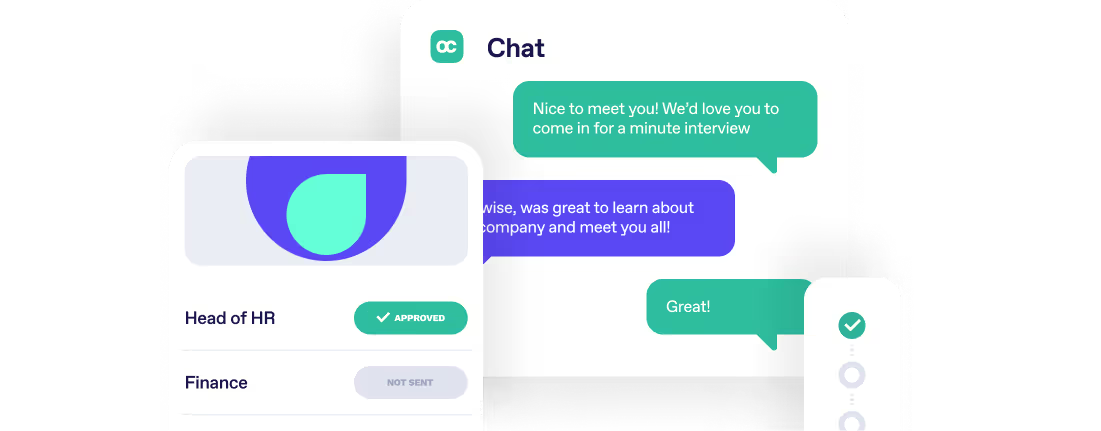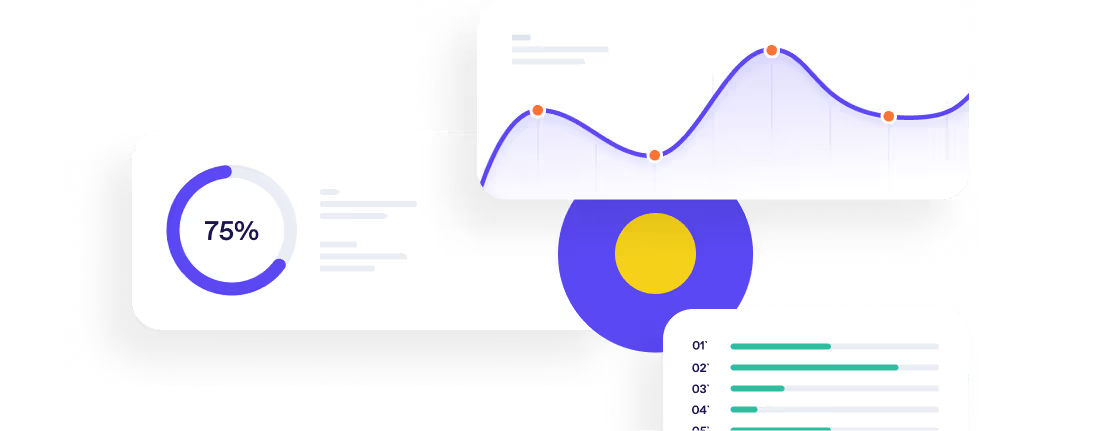2/2: How to Ensure You Have All-Star Employees From Day One - Reducing Time-To-Productivity



As we mentioned in our previous blog, the average time-to-productivity is typically 8 months (HBR). Time-to-productivity is the length of time it takes for an employee to become fully productive in their role and when they start adding active value to their organisation. It should take into account the time spent by peers, managers and HR to train an employee accordingly and the losses to the company in the timeframe in which it takes for an employee to become productive.
Of course, employee productivity is not the sole objective of a company, but by investing in training and programmes to help employees become more productive, you will have happier and more engaged employees as a by-product. Focusing on the areas outlined below will result in employees who feel they are adding value to their company and are fitting within their new role well and will have a direct impact on retention rates.
How to measure time-to-productivity
Measuring time-to-productivity is role dependant. For an output heavy role, like manufacturing or transport, the following formula is an easy way to measure this:
Output / input = productivity or value of work/hours worked = productivity
However for less value based positions, like corporate roles, measuring time-to-productivity is not as metric based as say time-to-hire or CV source ratio. Time-based KPIs are an excellent indicator of how an employee is performing and the levels of productivity they are achieving. Ensure your KPIs are measurable in terms of result and performance and each KPI is given a deadline of completion.
Once you have a deadline, calculate the total time it takes for your new employee to achieve these KPIs. To calculate an overall average; add the total number of days for all new hires to reach full productivity over a given time frame and divide it by the total number of new hires.

Create an extensive and comprehensive onboarding programme
A highly effective onboarding process makes employees 18 times more likely to feel highly committed to their organisation, and 33% more likely to be engaged with their work (BambooHR). Further to this, employees who participate in structured onboarding programmes are 69% more likely to stay with an organisation for three or more years (Click Boarding).
Time and structure have been found to be the key to successful onboarding programmes. Creating repeatable onboarding programmes that are considered, reflective of what employees want and need and delivered over a longer period of time will result in employees that not only understand their position much more clearly but will feel more informed about the organisation as a whole. These are the top considerations when designing an onboarding programme:
- Create a repeatable onboarding checklist that covers procedures, legalities and formalities.
- Acknowledge new employees with company emails, events and company merchandise to ensure they feel welcomed.
- Allocate a buddy or set up a mentor programme to assist new employees in a work capacity and socially.
- Ensure your programme runs for 6 months with regular updates.
- Establish continuous milestones and feedback sessions.
- Ensure training programmes are comprehensive and delivered in a way that suits how the employees want to learn i.e. video or gamification.
Provide feedback training for managers
Giving feedback to employees and performance management is generally a dreaded task for managers, in large part due to a lack of training on how to give effective and constructive feedback. Effective performance management has a direct impact on productivity and employee satisfaction, and with 75% of employees wanting to receive feedback as soon as something happens, whether it is positive or negative (Clear Company), the shift from annual to ongoing feedback means managers need to change their approach.
When it comes to new employees and improving time-to-productivity, managers should be clear on what it takes to be fully productive in the role and what KPIs need to be achieved to reach full productivity. This will help managers to effectively communicate what is needed, outline ways to improve and give clear metrics to on KPIs. Work with other team members to set out these KPIs, establish what full productivity entails and a realistic timeframe in which goals can be achieved. These should be reviewed on a regular basis with new employees in a positive and forward thinking manner.
In terms of training for actual delivery of feedback, the BEAR model has been proven to be very effective as a feedback and communication style for managers. This method approaches feedback in the following constructive manner:
- B - behaviour
- E - effect
- A - alternatives
- R - results
Recently, we spoke to HR consultant, Fiona Donnelly, on this topic. You can watch this video here.

Focus on culture and employee experience
Your company culture and employee experience is what sets you apart from your competitors but it is also one of, if not, the most important factors in employee engagement and satisfaction, which has a direct impact on productivity and retention.
Employee experience is not to be confused with work experience i.e. compensation, benefits and job tasks, it’s the feeling individuals get from their jobs and the place they work. It is broken down into:
- The work environment
- Employee development
- Tools & tech
- Performance management
- Diversity & inclusion
Company culture on the other hand are your values and principles reflected in everything you do and instilled and promoted through your employees. Company cultures that promote collaboration, holistic well-being and make employees feel valued are all the companies that have the most satisfaction and the best brands.
The most effective way to learn about, gain feedback and develop your employee experience’s and culture is by asking the people that work for you. You might develop a very comprehensive strategy for employee experience and company culture but if your employees aren’t satisfied or there is misalignment, then these strategies are pointless. Carry out employee feedback surveys, making changes where necessary and ensure that when new employees start your culture and a positive experience is felt from day one.
INSERT-CTA
Carry out stay interviews
Why wait for an employee to leave to find out why they were unhappy or why they were struggling to become productive? Stay interviews are informal check-ins between employees and managers to ensure an employee feels they are happy within the role and the company is providing them with necessary supports, rectifying if not.
A stay interview directly after the onboarding experience will allow you to identify how prepared an employee feels about the role and the company overall. It is an extremely effective way to ensure the onboarding process is achieving what is necessary and allows you to iterate the process on an ongoing basis, creating a more positive and successful experience, resulting in more productive employees going forward.
INSERT-LINE
What is Occupop?
Occupop is a powerful hiring tool that connects people, creating strong teams and builds long-lasting relationships. Our dynamic features puts the power in your hands, allowing you to easily engage with the best candidates and manage the entire process on one smart recruitment solution. Check out how it works here.
Summary Points
Employee productivity is not the sole objective of a company, but by investing in training and programmes to help employees become more productive, you will have happier and more engaged employees as a by-product:
- Create an extensive and comprehensive onboarding programme
- Provide feedback training for managers
- Focus on culture and employee experience from day one
- Carry out stay interviews
Simple. Beautiful.
Recruitment Software.
HR updates sent straight to your inbox
You might also like...


Manage your entire hiring process simply, from engagement to management, hiring and onboarding







Simple. Beautiful.
Recruitment Software.
Recruitment Software.






